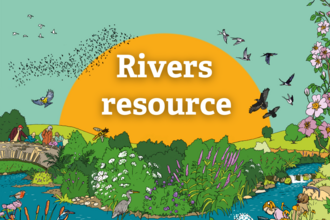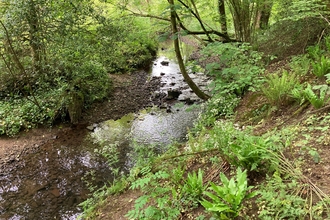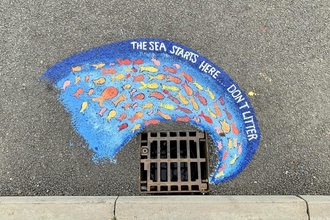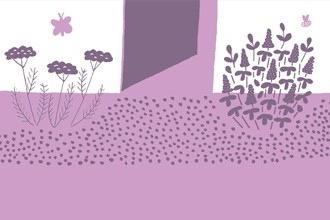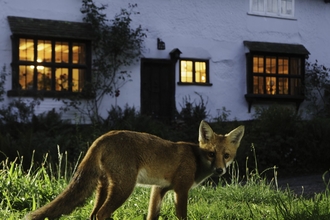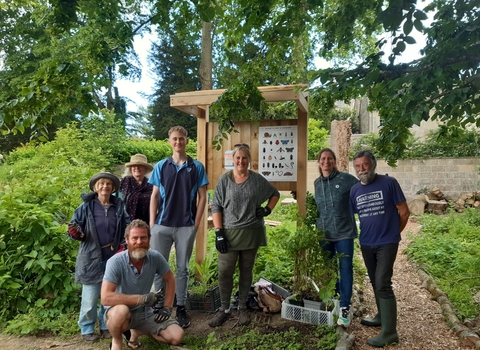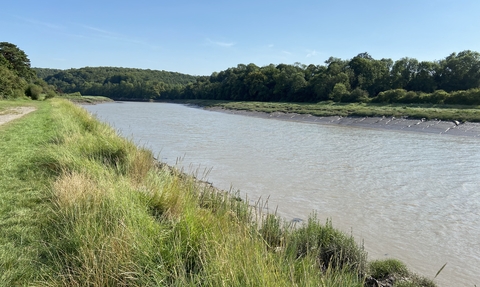
Emma Fennell Hodson
Riverfly Monitoring to protect local rivers
Kai is taking action for local rivers
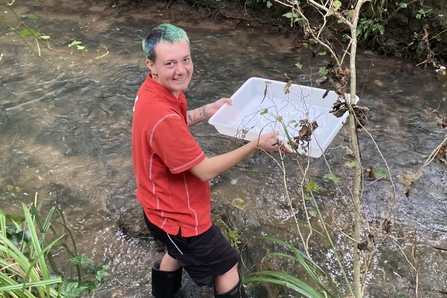
Kai Chapman
Kai lives in Bristol, Seamills, BS9. Lots of things are happening in the area to benefit wildlife! He has aspirations to be part of community groups and wildlife events, helping to increase biodiversity. Kai attended a course about river fly monitoring from BART and is keen to share his skills and experience in this.
“In my spare time I like to put up camera traps along the river Trym (hoping to capture otters one day!) and get up close and personal to as many insects as possible!” Kai Chapman.
The time is now to get involved to help protect the beauty of the natural world. Connecting with nature is linked to well-being and improvements in mental health. Kai has a huge passion for insects, especially looking locally – there are so many cool things to see on our doorstep and the power is in our hands to see them, protect them and make a difference.
Community power! Kai is involved with community groups in Sea Mills and has noticed a big difference to rivers in the area because of these groups holding events such as litter picks and river cleans. He is also a wildlife champion. By meeting and connecting with like-mined people who also have a passion for nature, a lot of knowledge is shared.
Team Wilder Community Campfire
Riverfly training with BART
Kai undertook training with the Bristol Avon Rivers trust (BART) and became a Riverfly monitor. This involves regularly sampling aquatic invertebrates to assess river health and species diversity. By monitoring local rivers, valuable data is collected to help create baselines and provide evidence of change over time. It’s an important and highly effective way to take action to protect local rivers in the short and long-term health of the river.
Pollution in rivers is a huge problem and has a direct effect on invertebrates, which can be early indicators. If invertebrate diversity is low, this could be an indication of poor water quality and pollution. Regular monitoring allows these sorts of trends to be picked up over time, and if there are any concerns, this is escalated and investigated.
“To my surprise the sample wasn't great (20 or so shrimps and one each of cased and caseless caddis. Sample score 4 - so on the site threshold). Also lots of sand in the stream bed, not sure I’ve seen that there before. It was still very interesting though. In the tray we found three bullheads, an elver (see vid, sorry about the quality) and also what I think is part of a crayfish claw.” Peter Coleman-Smith Facebook post
“The focus of the sampling is on ‘riverflies’ – mayflies, stoneflies and caddisflies. If invertebrate numbers drop below a ‘Trigger level’ (expected population abundances), the Environment Agency is notified so that the problem can be identified and action taken.” BART
Join the other 50+ Riverfly monitors, get trained and make a difference to local rivers!BART’s Riverfly monitoring

Emma Fennell Hodson
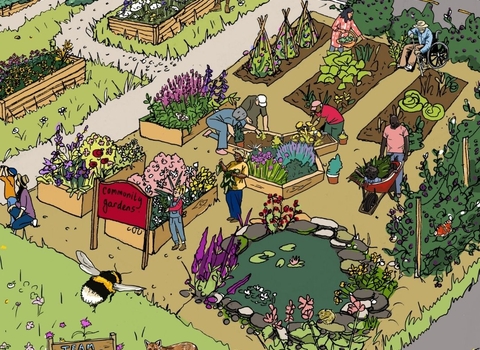
(C) Hannah Bunn
Be part of Team Wilder
All actions for nature collectively add up and creates life for people and wildlife.
Share your actions for nature, like Tom by sharing and tagging @avonwt on social media and
Log your actions for nature on the map





